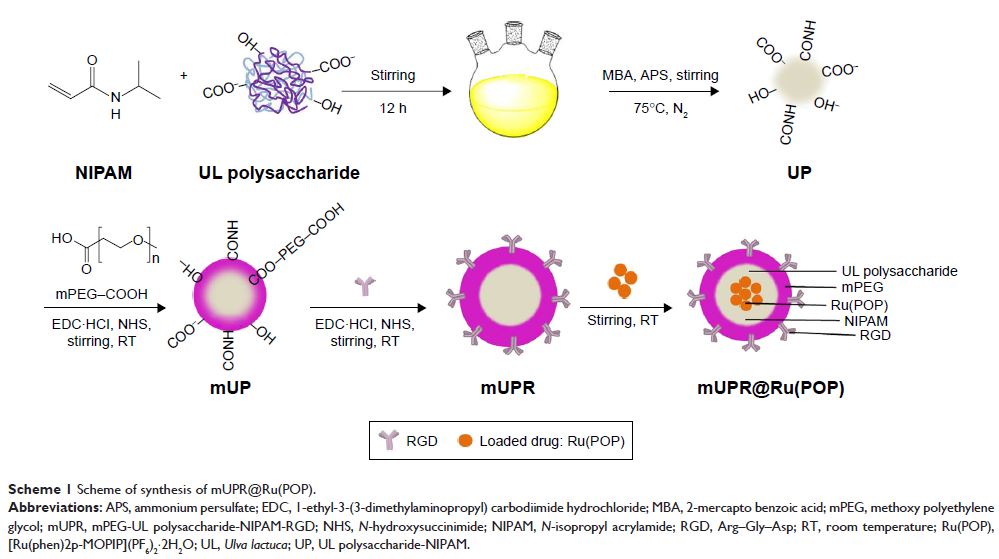9 7 8 1 6
论文已发表
注册即可获取德孚的最新动态
IF 收录期刊
- 3.3 Breast Cancer (Dove Med Press)
- 3.4 Clin Epidemiol
- 2.5 Cancer Manag Res
- 2.9 Infect Drug Resist
- 3.5 Clin Interv Aging
- 4.7 Drug Des Dev Ther
- 2.7 Int J Chronic Obstr
- 6.6 Int J Nanomed
- 2.5 Int J Women's Health
- 2.5 Neuropsych Dis Treat
- 2.7 OncoTargets Ther
- 2.0 Patient Prefer Adher
- 2.3 Ther Clin Risk Manag
- 2.5 J Pain Res
- 2.8 Diabet Metab Synd Ob
- 2.8 Psychol Res Behav Ma
- 3.0 Nat Sci Sleep
- 1.8 Pharmgenomics Pers Med
- 2.7 Risk Manag Healthc Policy
- 4.2 J Inflamm Res
- 2.1 Int J Gen Med
- 4.2 J Hepatocell Carcinoma
- 3.7 J Asthma Allergy
- 1.9 Clin Cosmet Investig Dermatol
- 2.7 J Multidiscip Healthc

已发表论文
生物响应和以癌症为靶向的多糖纳米系统抑制血管生成
Authors Yang F, Fang XY, Jiang WT, Chen TF
Received 11 April 2017
Accepted for publication 8 August 2017
Published 10 October 2017 Volume 2017:12 Pages 7419—7431
DOI https://doi.org/10.2147/IJN.S139405
Checked for plagiarism Yes
Review by Single-blind
Peer reviewers approved by Dr Akshita Wason
Peer reviewer comments 3
Editor who approved publication: Dr Linlin Sun
Abstract: With
many desirable features, such as being more effective and having multiple
effects, antiangiogenesis has become one of the promising cancer treatments.
The aim of this study was to design and synthesize a new targeted bioresponsive
nanosystem with antiangiogenesis properties. The mUPR@Ru(POP) nanosystem was
constructed by the polymerization of Ulva lactuca polysaccharide
and N -isopropyl acrylamide, decorated
with methoxy polyethylene glycol and Arg–Gly–Asp peptide, and encapsulated with
anticancer complex [Ru(phen)2p-MOPIP](PF6)2·2H2O.
The nanosystem was both pH responsive and targeted. Therefore, the cellular
uptake of the drug was greatly improved. Moreover, the mUPR@Ru(POP) had strong
suppressive effects against vascular endothelial growth factor (VEGF)-induced
angiogenesis through apoptosis. The mUPR@Ru(POP) significantly inhibited
VEGF-induced human umbilical vein endothelial cell migration, invasion, and
tube formation. These findings have presented new insights into the development
of antiangiogenesis drugs.
Keywords: polysaccharide nanosystem, antiangiogenesis, cancer-targeted, bioresponsive
Keywords: polysaccharide nanosystem, antiangiogenesis, cancer-targeted, bioresponsive
